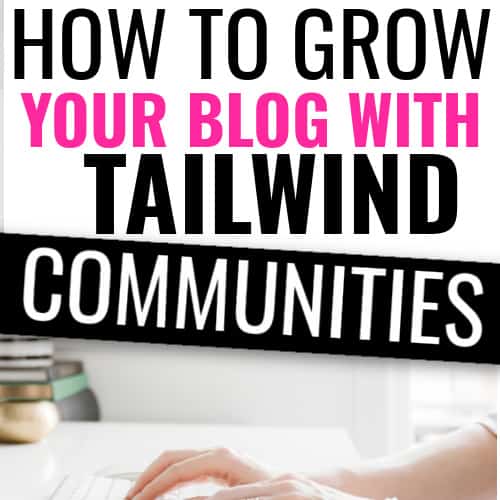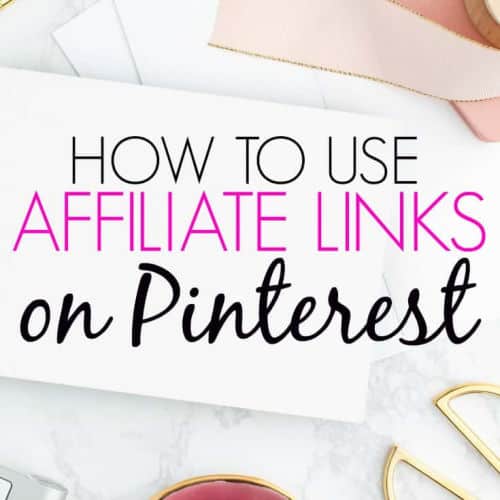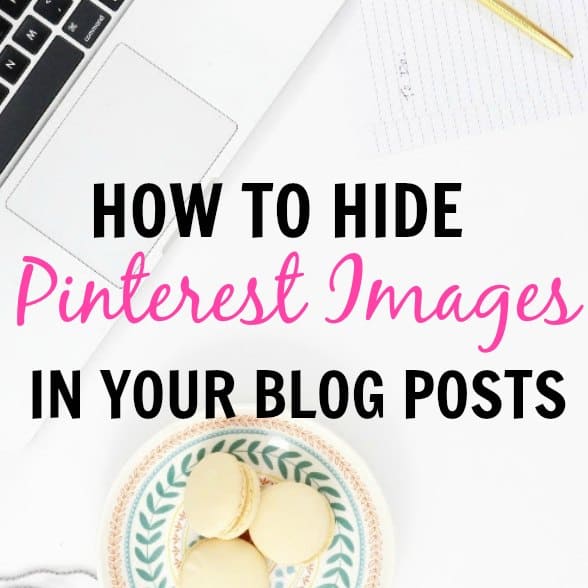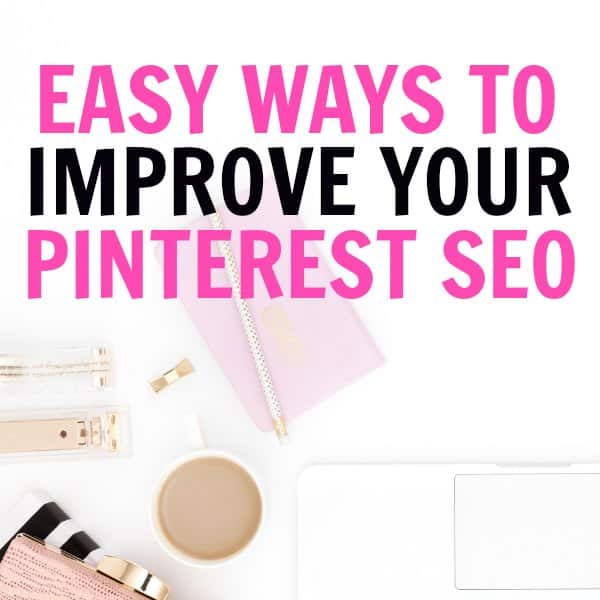The Beginners Guide To Email Marketing
I admit that I was pretty late to the email marketing game with my blog.
I started the blog in March 2017 but I didn’t create a subscriber list until I had a post go viral and I realized that I was letting all these readers slip through my fingers.
If that is you and you haven’t yet set up your email marketing list, read on for some tips on getting started for free.
If you have an email list but want to improve your open rates, I have 5 tips that will help you write engaging subject lines that work.

This page contains affiliate links meaning I earn a commission if you use those links. I only recommend brands I use and trust.
What is email marketing and how does it work?
Simply put, email marketing is a way to promote your business through email newsletters, sales pitches and freebies.
All of us have received emails from companies whether we signed up to get a discount or have bought something from them in the past.
If you run a small business such as an Etsy store, a blog and or a direct sales business, you can use email marketing to drive sales and traffic to your site or store.
You can send many different things in your emails such as:
- Links to new blog posts
- Information about new products
- Promotions and sales for affiliate products
- Tips and tricks
- Freebies and offers
More popular blogging tips:
How To Loop Pins Using Tailwind (in just 15 minutes a month)
How much does it really cost to start a blog? Expenses for the first year
25 Fantastic Places to Promote Your Blog For Free
Why email marketing works
If you are thinking that email marketing is a thing of the past and that the only way to promote your blog or business is through social media, then you are missing out on some serious potential by not tapping into your emails.
Email marketing is great for a few reasons:
- You have a engaged customer base who have deliberately signed up to see what you have to say
- You own your email list. Unlike the whims of Facebook or Pinterest, no one can take away your email subscribers from you.
- Anyone who you pitch to through your email list is a warm lead – they are not a cold prospect that has just found you through Google. Your sales conversion rates should be much higher.
How to do email marketing
First of all you need to sign up with an email management company.
They can manage your subscription lists, send out your emails and will allow you to create email sign up forms.
Another benefit is that you can segment your lists by interest and create email sequences that are sent out automatically to your subscribers.
The Best Email Marketing Companies For Bloggers
Convertkit

I use Convertkit for my own email list and while it is pricey, I like how user-friendly the system is to set up even for a non-techie like me.
The nice thing is that they do have a free plan for up to 1000 subscribers.
Convertkit allows you to create opt-in forms, sequences, automations and more.
They also have a selection of landing pages you can use.
Another benefit of Convertkit is that you can actually sell your own digital products on the site without needing to pay for another software.
If you are planning on selling an ebook or digital downloads on your blog, Convertkit is your one stop shop.
You can sign up for the free Convertkit kit plan here
SendFox
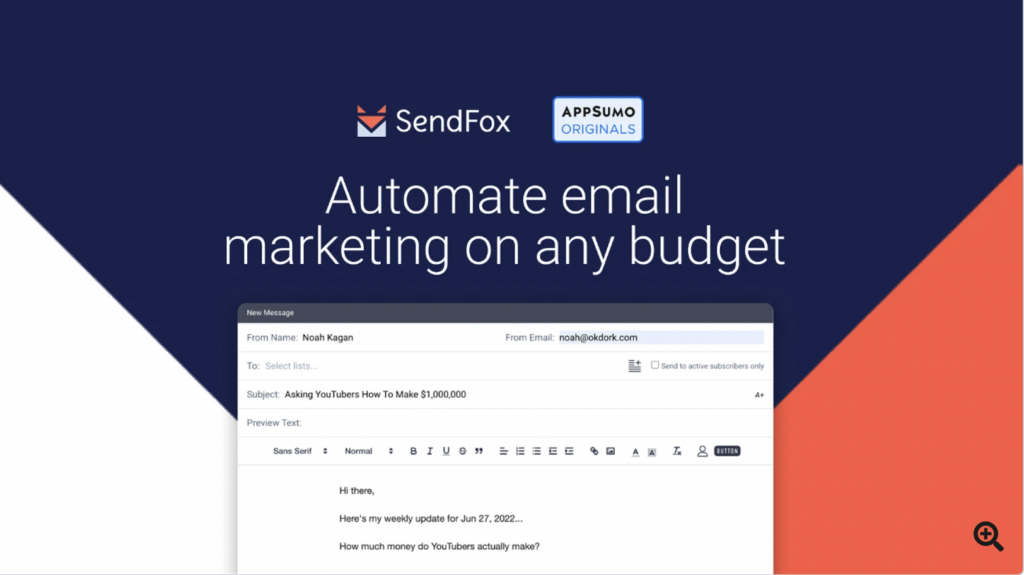
SendFox is a great option if you hate paying monthly subscription fees.
For just $49 you can have lifetime access to SendFox with add on packages as your mailing list grows.
I have used SendFox for a number of years and I found them to be really great for bloggers who don’t need a ton of automations.
You can read my full SendFox review here.
Mailerlite
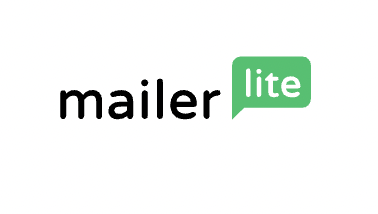
Mailerlite is another provider I use for my email list (a different list).
Although there are several email marketing companies that have no charge, I think Mailerlite is the best email newsletter service if you are just growing your blog and want something intuitive.
Mailerlite is free for up to 1000 subscribers and then very cheap even after that.
How to get people to sign up for your email list
The easiest way to get people to sign up for your email list is to offer an incentive.
The most popular opt-ins are freebies such as a PDF or free printable.
Free mini email courses also work well as does offering exclusive content to subscribers only.
Here are some of those examples at work:
Free 5 day money-making blog course
Tips For Preparing Financially For Baby
And here’s one that is on topic – Trial and Eureka have an awesome opt-in freebie that will give you a list of 250 opt-in ideas to inspire you.
How to improve your email open rates
If you read my last post about growing your email list, you know that getting subscribers is only half the battle. Once you have got someone to sign up for your email list, you need to keep them on it.
Your email open rate is the best way to see if your email strategy is working.
A March 2018 study by Mailchimp saw the average open rate across all industries as 21.81%.
That number may seem low but even the most category with the highest email open rates was just 27. 35%.
What factors affect email open rates?
There are a few variables that seem to affect email open rates and luckily, if your open rate right now is low, it is not too hard to make some tweaks to try and improve them:
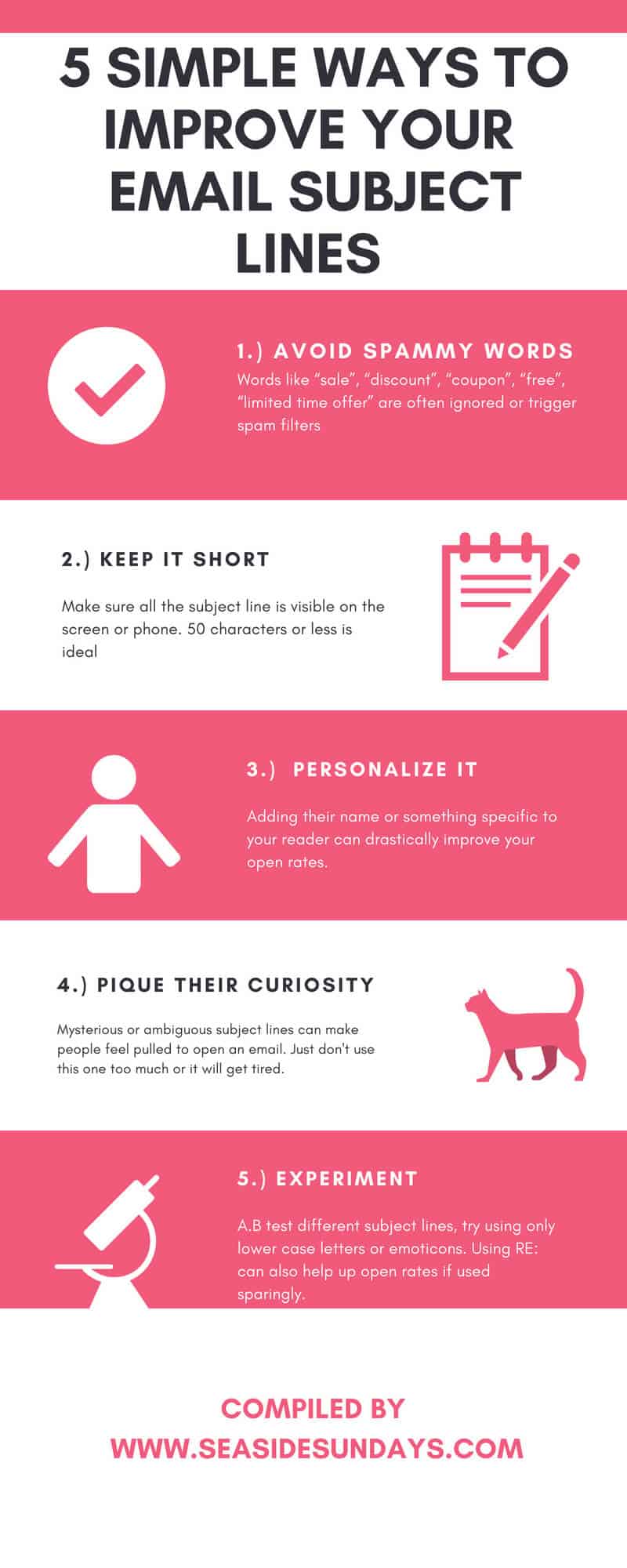
Use the code below to share this image on your site!
5 Tips for improving your open rates
1. Craft Compelling Subject Lines
The first thing you need to get right when it comes to email marketing is the subject line.
If you can’t get your subscribers to open your emails, it really doesn’t matter how good the actual email is.
It’s easy to spend a lot of time crafting a great message and then just slap a subject line on it at the end.
Spend some time writing them and see what type of headline gets you good open rates.
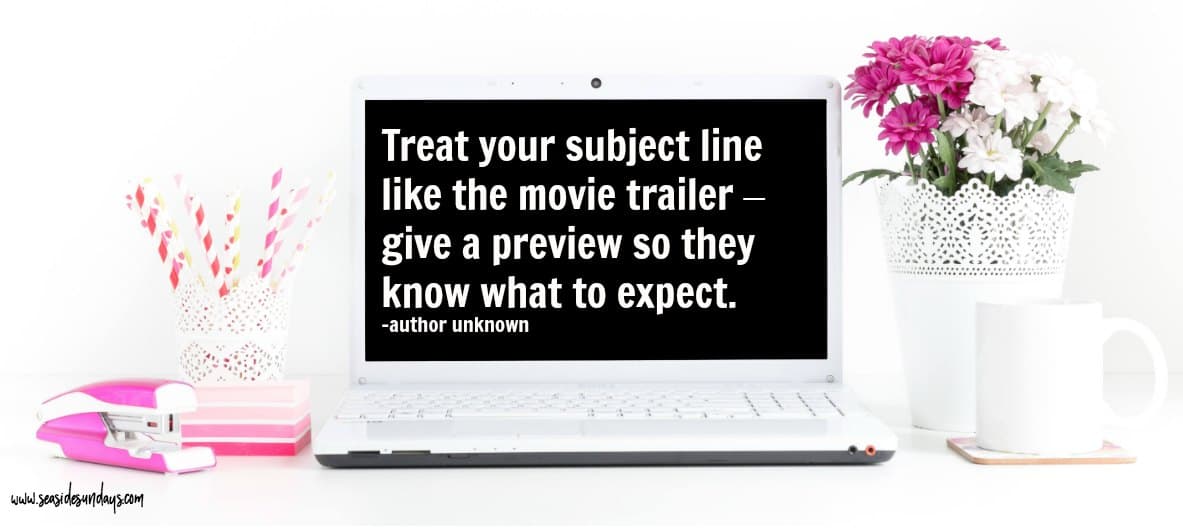
Here are some tips to get you started
Keep It Short
You want your readers to see the entire subject line before they click it.
You also want to make it easy for people to scan through their emails.
Try to get your point across in 50 characters or less. Pay attention to how your subject lines look on your own devices.
Another great idea is to keep a swipe file of subject lines that grabbed your attention.
Even if the emails are on a very different topic, you can adapt them for your own needs.
Avoid “Spammy” Words
Stay away from using any words we all associate with spam emails.
Words like “sale”, “discount”, “coupon”, “free”, “limited time offer” and even “reminder” are over used and even if they don’t trigger a spam filter and actually make it to your reader’s inbox, chances are high they’ll get ignored.
Instead, start by using the emails you’re saving in your swipe file and then go back and see what subject lines got the best open rates.
Try to analyze why they worked well for your market.
Not everything will work well in every niche.
Find the types of subject lines that get your readers to open your emails and tweak from there.
Personalize It
While personalizing emails with someone’s first name has been overused in some markets, it still works well for many of us. Give it try and see if it works for you.
Don’t overdo it, but use it when you really need them to open the email.
Pique Their Curiosity
We are all nosy and it’s hard to ignore subject lines that sound intriguing or only tell part of the story.
Using “…” at the end of your subject line will also work.
The idea here is simple. You want them to click and open the email to find out what the heck you’re talking about or how the story ends.
Analyze your headline
You can use the free Coschedule Headline Analyzer to see how catchy your subject line is.
A score of 80 or more is normally ideal.
Experiment
Varying theories abound about how to get people to open your emails. A few things you could try:
- All lower case letters
- Using emoticons
- One word subject lines
Here are two examples I got in my inbox this week:

2. Email Frequency – How often should you email?
Wouldn’t it be nice if there was a number or a schedule you could follow?
While it would be great if there was research that suggested that mailing exactly every 5 days gets you the best results every time, there is no such thing. And there’s a very good reason for it.
Every market, every niche, every audience and every person is different.
While you’ll never make everyone on your list happy, there is a lot you can do to make just about any email frequency work.
Let’s lay the ground work first.
You don’t want to have too much time in between emails, or your readers will forget you.
Anything less than once a month is not a good idea.
In most markets and for most business models you don’t even want to mail less than twice a month.
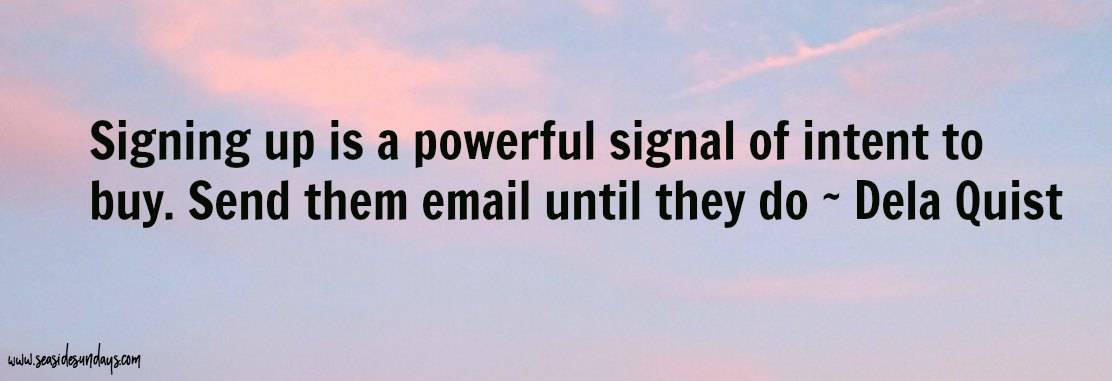
On the other end of the spectrum, you don’t want to go any higher than one email per day on average.
Personally, I email twice a month as that works for my schedule and ensures I only send out quality emails, not just an email for the sake of sending one.
I would also warn you against emailing too frequently during well-known sales when people are bombarded with emails from your competitors.
Often one well-crafted email can work better than an endless stream of relentless sales pitches.
Start by looking at what you’re doing now. Then figure out how often you want to mail.
- Do you grow a closer connection with your market by emailing more often?
- Do you want to drive more traffic back to your site by emailing them links frequently?
- Do you want to grow your income by making more frequent email offers?
What you don’t want to do is to go straight from emailing once every few months to daily emails.
It’ll get your readers clicking the spam button like crazy.
Instead, start with monthly emails for a couple of months, then let your readers know you have more to share with them and start mailing weekly.
Then a few months later, ramp it up even more if you want to.
If you do want to email daily, you need to find a good reason.
For example, If you usually publish a weekly newsletter with the occasional promotional email in between – you need a good reason to send more emails.
Running a 15 or 30 day challenge for your readers is a great excuse to hit their inbox daily without seeming pushy or spammy.
Listen to your audience when you get feedback on email frequency but also realize that there will always be someone complaining.
Look at data like open rates to get a better feel for what frequency is working best for you and your audience.
3. What You Need To Know About Email Deliverability
You’re spending a lot of time each week crafting emails to your subscribers, but none of that will do you any good if you don’t have a decent delivery rate.
If those emails land in your potential customers’ spam folders, you don’t have much of a chance of making a sale or building a relationship with them.
1. Use A Reputable Auto Responder Service
Using a reputable auto responder service is the single best thing you can do to improve your chances of avoiding spam folders.
Companies like Constant Contact, Mailerlite and Convertkit work hard at making sure they are white listed with the big Internet Service Providers and email providers like Gmail.
Most auto responder companies will list their delivery stats.
In addition the good ones will make sure your emails are compliant and keep you out of hot water.
2. Set Expectations and Keep Them
Your chances of staying in the main inbox are high when your subscribers regularly open your email.
The best way to insure that – outside of providing great content that your subscribers are looking for – is to set expectations from the beginning.
Let your subscribers know early on when and how often they can expect an email from you.
You can even use “foreshadowing” in your messages.
For example, toward the end of your current broadcast email, mention that they can look for another email from you next Tuesday.
Once you’ve set those expectations do what you can to meet them.
Yes, things happen every once in a while. In general though, do your best to keep your promise and email when your readers expect it.
Doing this regularly will improve your open rates and thus your overall deliverability.
3. Clean Up Your List Regularly
Another good habit is to clean up your list regularly.
If subscribers haven’t been opening your emails for the past six month, chances are good they are no longer interested in what you have to offer.
Check your auto responder services manual or help files to see how you can go about deleting anyone that hasn’t opened an email from you in the past six months.
If that freaks you out, or you have a seasonal business, start by deleting anyone that hasn’t looked at your emails in the past year.
Following these tips and keeping an eye on email deliverability in general will make sure your emails are being read by your subscribers and that’s the point of email marketing, isn’t it?
4. Keep Them Waiting For More – Using Foreshadowing to Create Anticipation
There’s a pretty neat strategy called foreshadowing that you can use in your email marketing to improve open rates. You may have seen this used on news programs and talk shows.
Right before the commercial break, the hosts announces what’s coming up next.
The idea is that you’re intrigued enough to sit through the commercial to see the next segment.
Another good example of foreshadowing is when magazines show images and headlines or short bullets of what’s coming in next month’s issue.
Again, the point is to pique your interest and get you to either buy the next issue, or even better, get a subscription.
We can easily adapt this for email marketing and it works like a charm.
Toward the end of your email transition from what you’re talking about today to what’s coming in the next email.
Be vague on purpose, but grab their attention.

For example, if you’re talking about why email marketing is important and the next email will be about crafting subject lines to get a higher open rate, you may write something like this:
“Keep an eye out for Friday’s email. We’ll talk about THE most important thing when it comes to email marketing. If you don’t get this right, nothing else matters.”
To mix it up, mention what they can find in the next email in the P.S. of your message.
If you publish a weekly newsletter, try adding a section on what’s coming in the next issue similar to what you see in a magazine.
Keep it simple and use images for best results.
You can even take it a step further and get your subscribers to open a previously sent email.
This works particularly well if you’re writing a series of emails on a related topic.
Toward the beginning of your email you mention something you covered in the last email, then move into today’s topic and then wrap it up with a little hint about what’s coming next.
You don’t have to use foreshadowing in every single email.
Sprinkle it in here and there where it makes sense.
It also gives you a chance to pick up on in the subject line of your next email.
Try using something like “As promised…”
Even readers who missed your last email might be curious enough to open this one.
Give it a try and see if you start to see higher open rates and more importantly get your subscribers more engaged.
5. Give Them What They Want – And How To Find Out What That Is
Effective marketing boils down to this:
Find an audience, figure out what they need or want and then deliver it. Email is one of the best mediums to help you do just that.
And it isn’t always about selling them on a product. In fact, that isn’t at all where you want to start.
First you want to build a relationship with your readers
You want them to get to know you.
You want to help them out so they start to like you and trust you.
Only then will you be able to make an offer and have them pull out their wallet and buy it.
Pay attention to your website stats
Programs like Google Analytics can give you a lot of information of where your readers came from, what page the landed on and where they were on your site when they joined your list.
That data along with demographical information will tell you a lot about your audience.
To find out what traffic you are getting from your emails – click on acquisition – all traffic – channels on Google Analytics.

As you start to email your readers, they will reply and get back in touch with you. P
ay attention to what they’re saying. And don’t forget to read between the lines.
Let’s say you’re in the parenting niche and you noticed that some of your readers are asking for suggestions on being a more patient parent.
They complain about being short temperate and freaking out about little things.
The real issue may be lack of sleep because the baby or toddler isn’t sleeping through the night.
Dig deep and see what you can learn about your market. S
ometimes what they tell you they want isn’t the real issue.
On the flip side, it can be helpful to ask them for suggestions. Keep the questions open ended if you want a lot to work with.
Or consider having your readers fill out a simple little survey
It’s quick and easy to do with Google forms.
You get some good data and you get your readers to interact. Having them contribute builds a sense of community even via email.
Last but not least go back and look at the past emails you’ve sent.
Pay attention to open rates, click through rates and unsubscribes.
If a large percentage of readers opened the email, that’s a good indication they were interested in the topic.
When they clicked link to additional content, that’s even better.
If on the other hand you got a lot of unsubscribes, that might be an indication that either the topic was wrong or your language and overall message didn’t click with your audience.
Use all the data and information you get back to learn more about your target audience and connect with them on a deeper level.
The more you know about your subscribers, the more effective your email marketing will be.
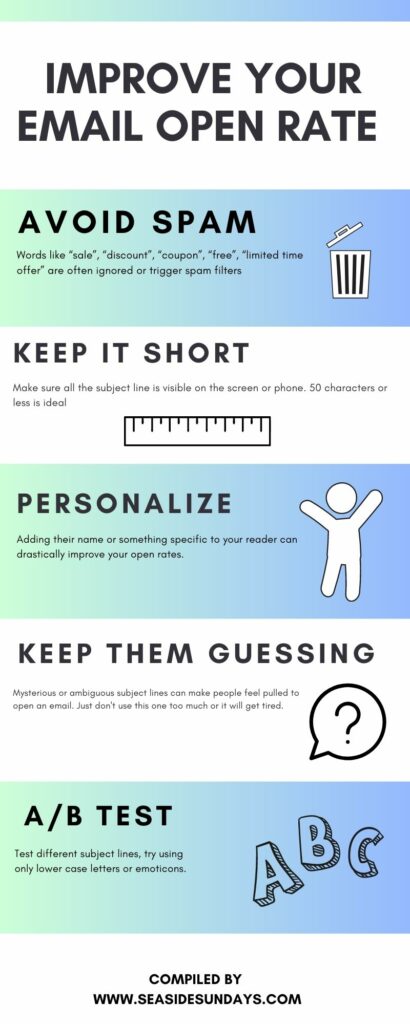
Create The Perfect Pin In Minutes!
Subscribe to get my FREE ebook on creating a pin that gets noticed and brings you traffic.


